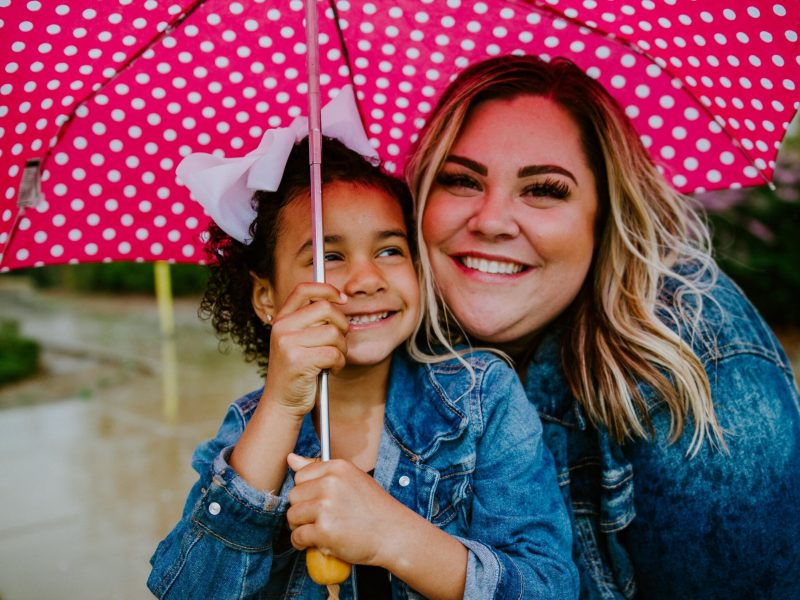
How to write a family newsletter
We’ve all received them — those dreaded holiday newsletters that either drone on about Aunt Sue and Uncle George’s summer vacation in Tucson or brag about how Shane (the preschooler) is reading at the second-grade level and Billy got straight A's (again).
But your family and friends really do want to hear about your family’s news — if you make your newsletter entertaining, says Elaine Floyd, author of Creating Family Newsletters: 123 Ideas for Sharing Memorable Moments With Family and Friends (EFG Inc.). Here are tips for making this year’s newsletter a keeper:
4 Be a pack rat — Don’t try to remember every event of the past year. Instead, grab a file folder. Toss in the program from the ballet recital, the playbill from your trip to New York — anything that will offer inspiration later when you sit down to write. Go through your family calendar and your photo album and take notes about special events. (You might want to use some of those photos in your newsletter, too, using the colour copier at your local copy shop. You could also print digital photos to illustrate your news.)
4 Keep a vacation journal — Another way to snag those memories for later retrieval is to ask your kids to keep a diary of your trip, vacation or family reunion. When you’re ready to create your newsletter, all the details — as seen through the eyes of your children — will come back to you, and you’ll be ready to write.
4 Include the right amount of detail — To avoid putting readers to sleep, ask a friend to read your first draft and highlight the most interesting information. Save the long version for your family scrapbook and shorten the final letter.
4 Use lists — Try creating a David Letterman-style list of the top 10 best (or worst!) events of the past year — or list things you’re looking forward to in the year to come.
4 Share a favourite recipe — Include a picture of you and the kids making your famous apple-pecan pie or oversized oatmeal cookies, and add the recipe as part of your newsletter. Instead if including it in the text of the letter, box it and write it in standard recipe style so your readers can cut it out for their own recipe boxes.
4 Handle bad news sensitively — Be honest, but try to concentrate on the positive or hopeful aspects of the situation. Very bad news should probably be hand-written rather than included in your photocopied letter.
4 Avoid "brag lists" — One way to handle discussing children’s grades, sports awards and other accomplishments is to have the children write about themselves. Or ask them questions and write using their own words. Write about or show photos of children’s specific gifts and talents, such as their favorite school subjects, Ford suggests. Mention what the children are doing — don’t quantify how they are winning.
4 Think beyond work and school — What sport does your family love? What about hobbies? What trouble has the dog gotten into lately? Adding fun details about your family’s everyday life will make your newsletter sound less like a status report. Sure, your friends want to hear about your promotion, but they’d rather read the details of how you tried to cram two adults, two kids and a wet dog into a Jeep for a weekend fishing trip.
4 Use exclamation points sparingly!!! Let your writing and content share your enthusiasm and save the exclamation point for a punch line or surprise ending.
4 Watch for overuse of jargon — If you find yourself wanting to use overly common expressions or to put phrases in quotes (things like "Supermom" or "Mommy’s Little Helper") look for another way to say it.
4 Personalize it — On the front of your newsletter, try creating a family holiday scene using cut-out photos of each family member. Draw empty "caption bubbles" (like those used for comic strips) above each person’s head. Then color copy your page. Now go back and add captions for each individual newsletter. After all, the captions you’d use for Great Aunt Susie’s letter might not be the same as those you’d send to your old college pals. And your recipients will love knowing you’ve personalized the captions just for them.
4 Leave room for a hand-written note — Writing just an extra sentence or two, near your signature, is a nice touch.
4 Add a little extra holiday cheer — Try using ribbon or string to close the newsletter. Use rubber stamps or stickers to add a message or to decorate the envelope or the margins of your letter. (Kids love to help with this part.) Or punch out shapes on the corners of the pages. Use the punched pieces for confetti for the inside. Use glitter glue on the front page or the envelope for extra sparkle.
Kathy Sena is a freelance journalist who loves to receive holiday letters. Visit her Website at www.kathysena.com






